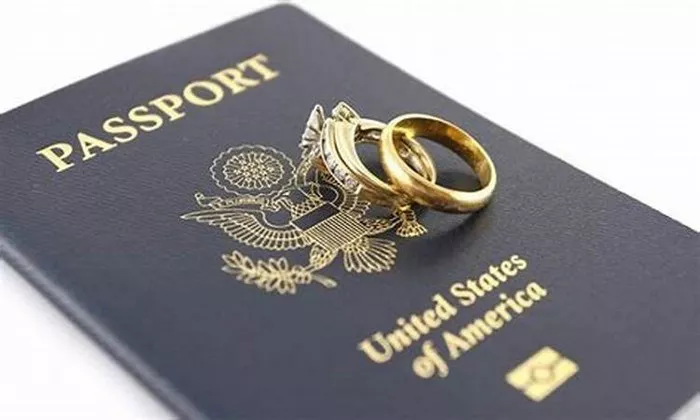Obtaining a green card, officially known as lawful permanent residence in the United States, is a significant milestone for immigrants seeking to live and work permanently in the country. However, the process of obtaining a green card can vary widely in terms of timing and complexity based on several factors, including the type of green card sought, the applicant’s individual circumstances, and current immigration policies and procedures. This article explores the different pathways to obtaining a green card and provides a detailed examination of the timelines involved in each.
Understanding the Green Card Process
1. Types of Green Cards
There are several avenues through which individuals can apply for a green card, each with its own specific requirements and processing times:
- Family-Based Green Cards: These are issued to immediate relatives of U.S. citizens (spouses, unmarried children under 21, and parents) as well as other family members such as siblings and adult children.
- Employment-Based Green Cards: These are granted to individuals based on their employment skills and opportunities, including categories for professionals, investors, and those with extraordinary abilities.
- Diversity Visa Lottery: This program, also known as the green card lottery, provides a limited number of green cards annually to individuals from countries with historically low rates of immigration to the U.S.
- Refugee or Asylee Status: Individuals granted refugee or asylee status may apply for a green card after meeting specific criteria.
2. Steps in the Green Card Application Process
Regardless of the type of green card sought, the application process generally involves the following key steps:
- Filing the Petition: Depending on the category, this step may involve the U.S. citizen or permanent resident sponsor (for family-based applications) or the employer (for employment-based applications) filing a petition with U.S. Citizenship and Immigration Services (USCIS).
- Priority Date: For employment-based green cards, a priority date is established upon the filing of the petition, which determines the applicant’s place in line for processing.
- Adjustment of Status or Consular Processing: Once the petition is approved and a visa number becomes available (in some cases), applicants either adjust their status to permanent residence if already in the U.S. or go through consular processing if outside the U.S.
- Biometrics Appointment and Interview: Applicants are typically required to attend a biometrics appointment to provide fingerprints, photos, and signatures, followed by an interview to assess eligibility and admissibility.
3. Factors Affecting Processing Times
Several factors can influence how long it takes to receive a green card:
- Backlogs and Visa Availability: Depending on demand and annual quotas, applicants may face waiting periods due to visa number limitations.
- Country of Origin: Nationals from certain countries may experience longer wait times due to high demand or per-country limits.
- Application Completeness and Accuracy: Delays can occur if applications are incomplete, require additional documentation, or if there are issues with background checks.
- USCIS Processing Times: USCIS publishes estimated processing times for different types of applications, which can vary based on workload and other factors.
SEE ALSO: WHAT HAPPENS TO A GREEN CARD AFTER NATURALIZATION?
4. Current Processing Times and Trends
As of [current year], processing times for green cards vary widely depending on the category and USCIS workload. For example:
- Family-Based Green Cards: Processing times can range from several months to several years, with immediate relatives typically experiencing shorter wait times compared to other family members.
- Employment-Based Green Cards: These can vary significantly based on the specific employment category, with some categories experiencing extensive backlogs.
- Diversity Visa Lottery: Applicants selected in the lottery must act promptly to complete their applications within the allocated timeframe.
Conclusion
Obtaining a green card is a complex process that involves navigating through various stages of application, approval, and immigration procedures. While timelines can be unpredictable and subject to change based on policy shifts and global events, understanding the general process and current trends can help applicants better prepare for their immigration journey. It’s essential for individuals seeking green cards to stay informed about updates from USCIS and consult with immigration professionals when necessary to ensure their applications are handled efficiently and effectively.
In summary, the timeline for producing green cards varies widely depending on the type of green card, applicant eligibility, and external factors. By being aware of these variables and staying informed throughout the process, individuals can navigate the path to lawful permanent residence with greater clarity and confidence.


